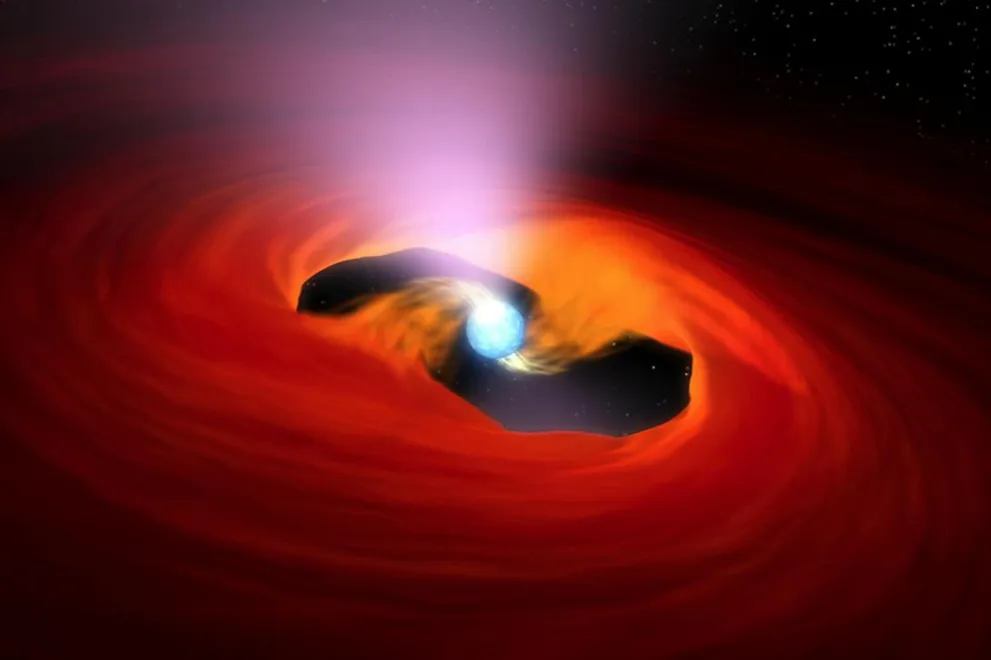John Bulava is Professor for Theoretical Hadron Physics at the Faculty of Physics and Astronomy at Ruhr University Bochum.

ERC Consolidator Grant 2024
Understanding Particle Interactions in Neutron Stars
Neutron stars may be much heavier than predicted by theory. This is possibly due to hyperons, i.e. poorly understood elementary particles. In his project StrangeScatt John Bulava aims at reconciling theory and experiment with new simulations.
Neutron stars are among the densest objects in the universe. The processes taking place inside them are a mystery to particle physics. Observation and theory don’t match. This could be due to a lack of understanding of so-called hyperons – particles that contain a unique component, namely the strange quark. They are unstable and therefore difficult to study. Professor John Bulava from Ruhr University Bochum, Germany, is using computer simulations to get to the bottom of this problem within the project “Strange Nuclear Matter from First-Principles Hadron Scattering Amplitudes” (StrangeScatt).
Particle physics models can be used to predict how heavy neutron stars can become and what radius they have. These models predict that it’s impossible for very heavy neutron stars to occur. However, neutron stars have already been detected that are twice as heavy as our sun – these observations don’t fit the models.
Enormous Computing Power Required
These discrepancies are possibly due to hyperons, i.e. particles with a strange quark that are created inside neutron stars. Their interactions are not yet sufficiently understood. Better models of hyperon interactions should help to better predict the mass and radius of neutron stars. This is exactly where Bulava’s research comes in.
As hyperons decay very quickly, they are difficult to study in experiments. Computer simulations eliminate this hurdle. Bulava describes the particles using first-principles simulations. In the model, he simulates the fundamental forces that act between particles.
The project starts in 2024 and is funded with almost 2 million euros for five years.
